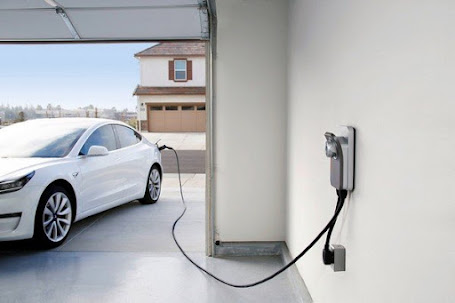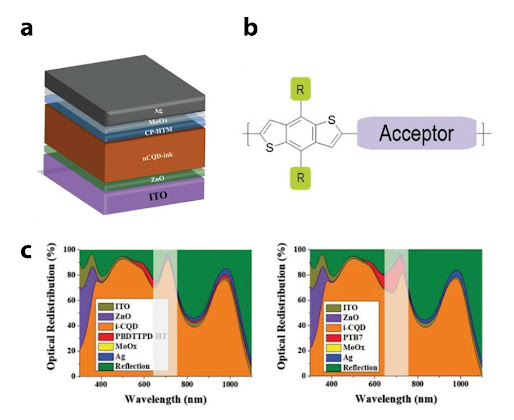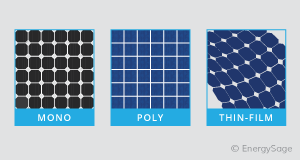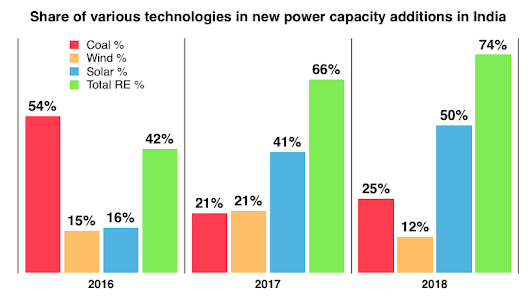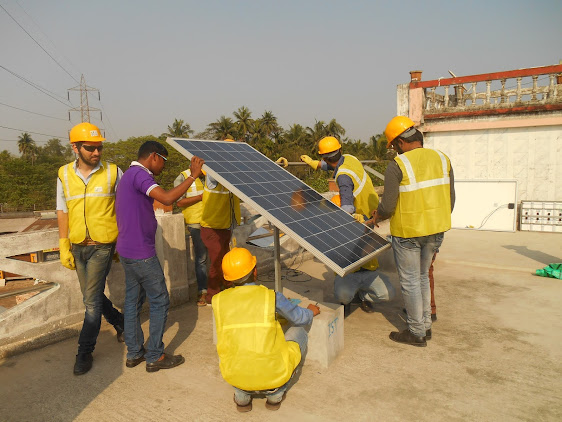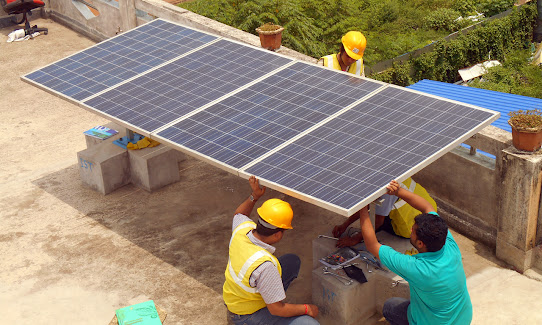government regulations to limit environment pollution

EV Charger Market 2020-2027 The global electric vehicle charger market was valued at $3.8 billion in 2019, and is projected to reach $25.5 billion by 2027, registering a CAGR of 26.8% from 2020 to 2027. Factors such as government regulations to limit environment pollution, increase in market penetration of electric vehicles, and surge in government initiatives for development of electric vehicle charging infrastructure drive the growth of the electric vehicle charger market. However, limited number of EV charging stations and lack of standardization of EV charging are anticipated to hamper the market growth. Further, surge in demand for luxury and feature enabled vehicles and wireless charging for electric vehicles are expected to create numerous opportunities for EV chargers market expansion. Electric vehicle charging infrastructure is vital for the mass adoption of electric vehicles. Several government initiatives have been undertaken to provide EV charging stations acros...

